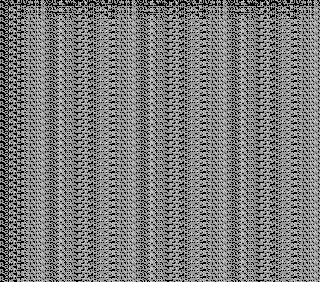Splash art originated in the 1940s in comics, where the term referred to a full page of visuals at the front of a book. Pages were designed to engage the reader's imagination along the lines of the comic's broader concept, while standing independent from the narrative. In the late 1990s, when the widespread use of the application Flash opened up new possibilities for animation and interactive media, the idea of the splash page migrated to web design. Online splash art brought visual excitement to a webpage when low modem speeds made it impractical to post large or moving images amid a site's textual content.
Rhizome introduced splash pages to its web site in 1998 in order to display artwork with greater immediacy....
Rhizome introduced splash pages to its web site in 1998 in order to display artwork with greater immediacy....
Launch Project 
 Splash art by o0o0o0o0o0o0o0o0o.org, ca. 2000
Splash art by o0o0o0o0o0o0o0o0o.org, ca. 2000
About
In Matt Hoessli's splash page, layers of jagged, moving gray and white lines form a dense screen. The animation uses similar shapes of slightly differing dimensions to produce optical friction, like in the domain name of Hoessli's defunct web site, o0o0o0o0o0o0o0o0o.org. In addition to net art projects, Hoessli performed electronic music and was involved with the CADRE Laboratory for New Media at San Jose State University.